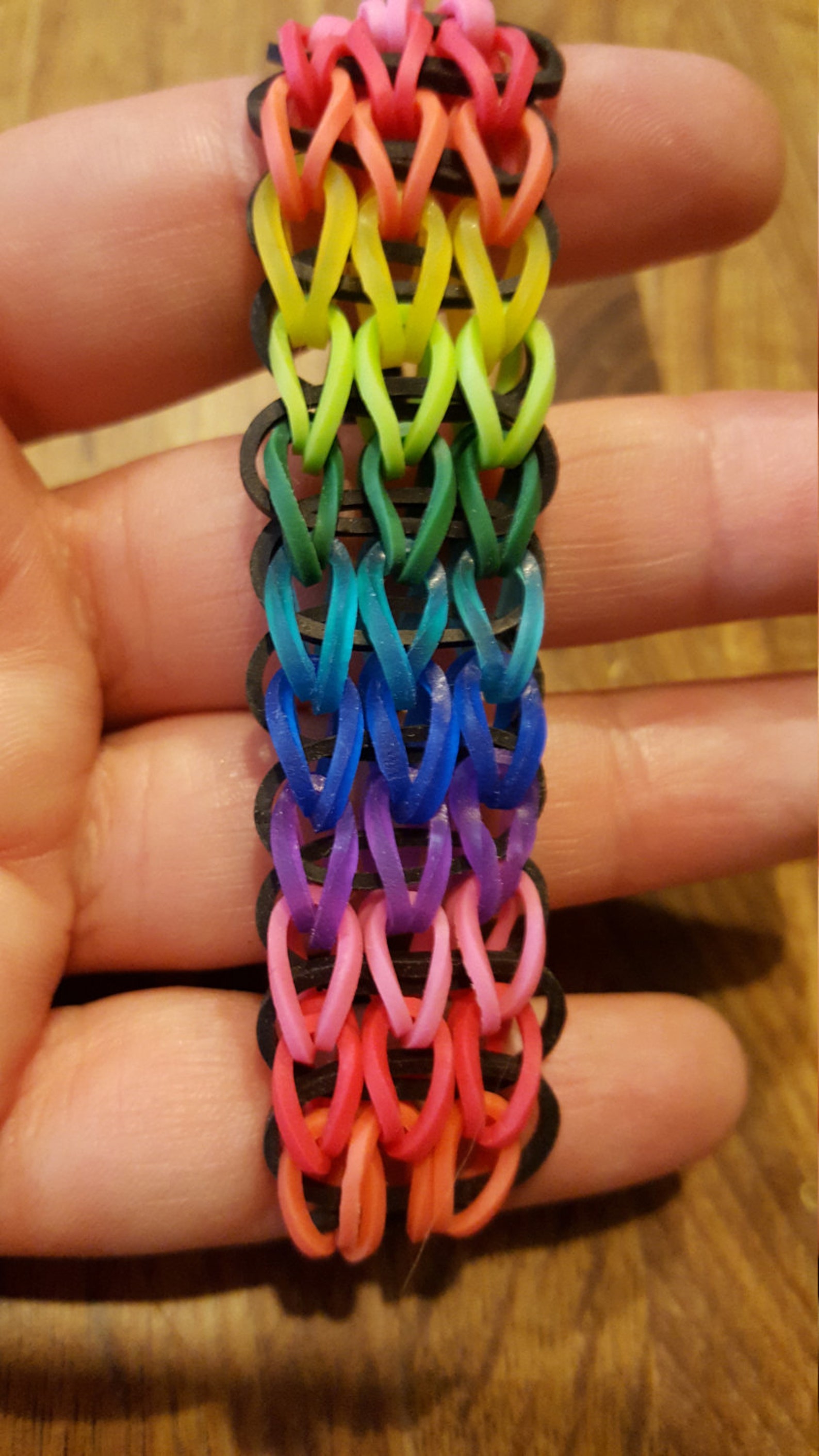

One of them contained 5 million bits of Lego. In 1997 a huge wave hit a cargo ship called the Tokio Express, and 62 containers fell off the ship into the sea. Williams has been monitoring the beaches there since the late 1990s, when a particular kind of plastic toy began washing up on the shores. She's had plenty of experience picking up plastic waste from the coastal region along southwest England's shore - "It's shocking how much washes up sometimes."įinding a bit of Lego while cleaning the beach adds a touch of fun to a rather mundane job Williams is heavily involved with cleanup activities in her region of Newquay Beach, England. "A lot are getting dropped in the streets, and then they get washed into the drains, and then they get tipped into our rivers, and then they end up on our beaches," said Tracey Williams. The group incidentally denies that it called loom bands an "eco ticking time bomb," as quoted by the Daily Mail.īut conservationists point to potential danger indeed. "When this craze for loom bands subsides, they will inevitably fall into the waste stream," an official statement from the United Kingdom-based waste management group WasteConnect says. The answer lies in waste incinerators, landfills - and oceans. And this plays into a larger question of where plastic toys go to die. The activity has even been described as addictive.īut some have been sounding the alarm over the potential health hazards and environmental impacts of this new toy craze. Many parents are delighted that their kids are doing something crafty and non-digital for a change. Using such looms, children's little fingers weave and weave: bracelets, necklaces, and even more intricate items. The Rainbow Loom, a product invented by a former Nissan employee in the US, has reportedly sold more than 3 million units. Tiny, brightly colored loom bands have been conquering the world of children's toys since the trend took off last summer.


 0 kommentar(er)
0 kommentar(er)
